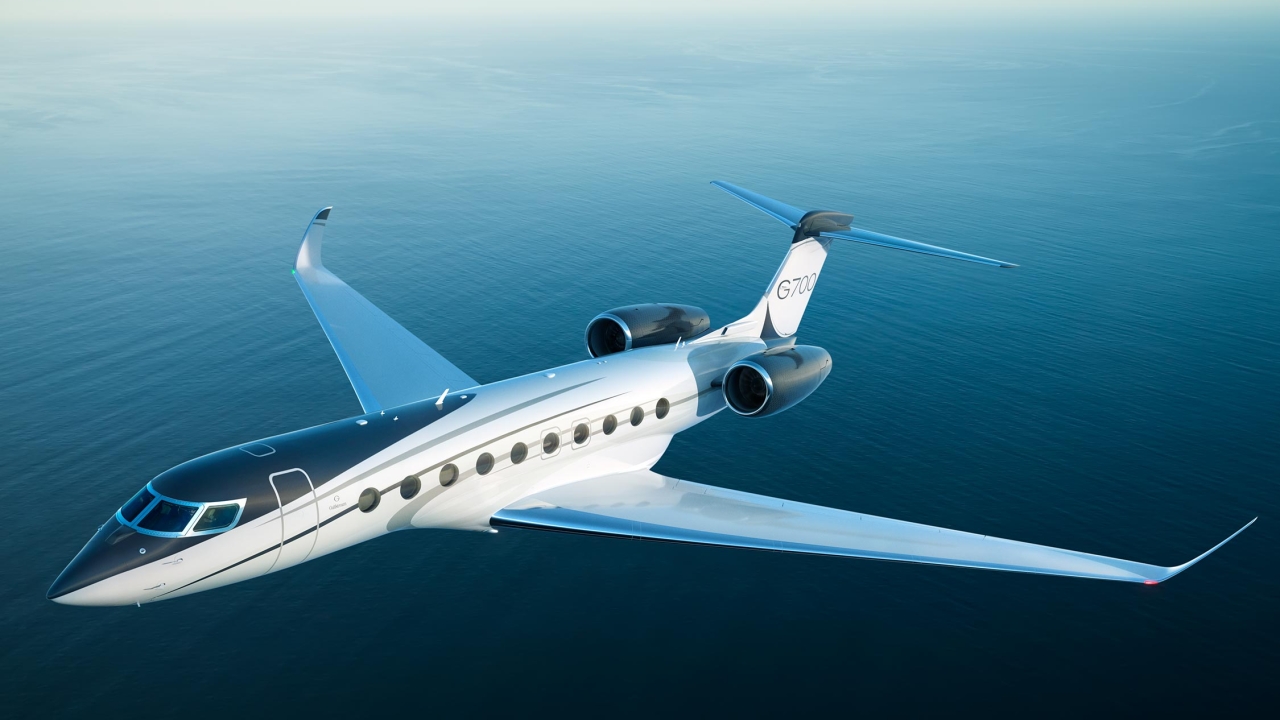Pegasus Universal Aerospace names Robbie Irons as CEO

Above: Robbie Irons with the 2x2m scale model of Pegasus One as shown at EBACE.
South Africa’s Pegasus Universal Aerospace, pioneer of the Vertical Business Jet (VBJ) Pegasus One, has named Robbie Irons as its Chief Executive Officer.
In this new role, Robbie will help lead product development and lend strategic support to Founder and Chairman Dr Reza Mia as the business seeks to secure investment.
This important appointment coincides with confirmation that a series of prospective investor evenings are to be scheduled for September through to November this year, initially in Johannesburg. Further opportunities to invest in the programme, online, will be available for potential investors based nationally within South Africa and internationally.
Robbie Irons brings decades of solid international aviation experience to the Johannesburg, SA-based start-up, spanning senior roles previously with ExecuJet in Lanseria in both business development and aircraft sales. He took responsibility for the firm’s aircraft sales activity in Africa in 2009.
Having forged relationships with HNWI’s; senior industry personalities; Presidents and Ministers on the continent, Robbie seized the opportunity in 2012 to establish a consultancy firm, Irons Aviation, specializing in turn-key aviation solutions and infrastructure projects. He helped entrepreneurs Nicky and Jonathan Oppenheimer develop and implement South Africa’s first exclusive VVIP FBO facility, Fireblade Aviation, at Johannesburg’s OR Tambo International Airport, becoming a Board director of the firm in 2013. He also helped Liftec, the independent, exclusive Bombardier sales representative, active in 10 regions, establish a new territory in Africa.
“As general aviation evolves, I am excited to become actively involved with the innovative Pegasus One,” said Robbie, who was with Dr Reza in EBACE in Geneva for the programme’s international debut. The two have been friends for many years. “I am delighted Robbie has agreed to come on board. Having him as a partner is a major asset,” he commented.
Work has started to build a full-scale VTOL demonstrator to show in Europe in 2020.
The all-composite airframe Pegasus One is being targeted for completion within 18 to 24 months of FAA certification from its Johannesburg, SA facility. Options to establish alternate full production facilities are also being explored in the USA and / or Europe.
Pegasus One is designed to deliver speed, comfort and style to travellers looking for transportation between busy urban airports, small and unpaved landing areas, yachts and regular helipads, amongst others. Other applications include serving the oil and gas industry and medevac.
Pegasus is targeting a 4,400 km range from runway take-off or 2,124 km in VTOL with a planned cruise speed of 796 km per hour. The aircraft will feature six to eight seats with power provided by two 2,300 shp turboshaft engines.
Pegasus Universal has identified a customer base that spans the civil and executive aerospace sectors, offering operational benefits unlike any other aircraft. Along with Europe, USA, India and China are key markets, as the VBJ doesn’t require new airports and runways to be built.
The company is close to identifying key suppliers for avionics, (its retractable) landing gear and the engines that will be the best fit for its highly evolved control systems and automation sub-systems.
Depending on take-off option – VTOL or runway - Pegasus One will be able to fly for three and a half to six hours, supporting direct, point-to-point travel. The operational costs are competitive when compared with jets of similar range, with lower fuel burn and less CO2 emissions, thanks to its necessarily light-weight construction. The noise levels are lower than comparative rotary machines, and passenger and pilot comfort, security and safety, are all integral in the design, the company says. The lack of rotor tip vortices that give helicopters their distinctive beating noise will be a welcome change to people close to helipads and landing sites.
* Pegasus estimates it will spend around US$500 million to bring the aircraft to market.
Stay up to date
Subscribe to the free Times Aerospace newsletter and receive the latest content every week. We'll never share your email address.

